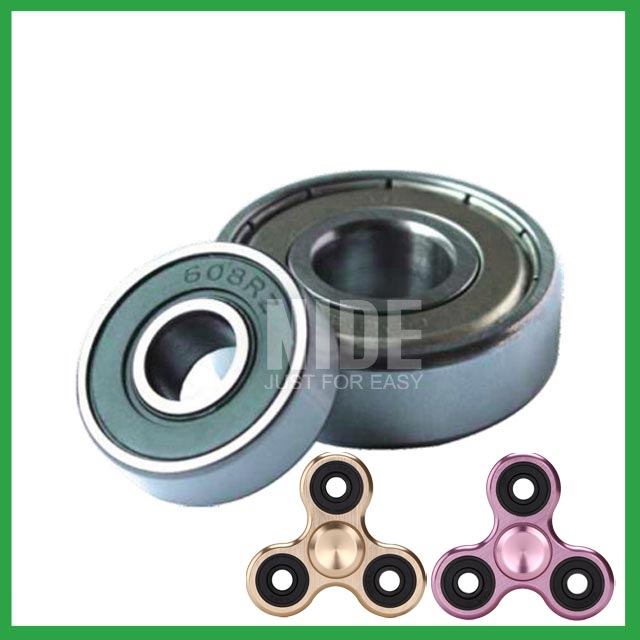PRODUCTS
CONTACT US
Ningbo Nide International Co., Ltd.
一一
· Contact person:Jack Zeng
· Mob/Whatspp/WeChat:0086-13738869026
· Email:emarketing@nide-group.com;marketing4@nide-group.com
· Add:No. 169, Wohushan Road, Daqi Subdistrict, Beilun District, Ningbo, China

Nide team could manufacture ball bearing as per customer’s drawing and samples.
If customer only has samples, we could also design drawing fo r our customer.
We also provide customized service.
Our ball bearing is widely applied the different industrials.
Ningbo Haishu Nide International is located in the beautiful sea shore city--Ningbo, taking the advantage of advanced industries hub, perfect supply chain and convenient transportation, and integrating professional team with rich motor manufacturing experience , we focus on supplying the Motor Components One Stop Sourcing Platform to our customers.
Our products include motor cover and lamination,ball bearing,fan,insulation paper,commutator,carbon brush,etc.Apart from these products, we also provide the service for the motor manufacturing technical consultant, project support and turn-key project.
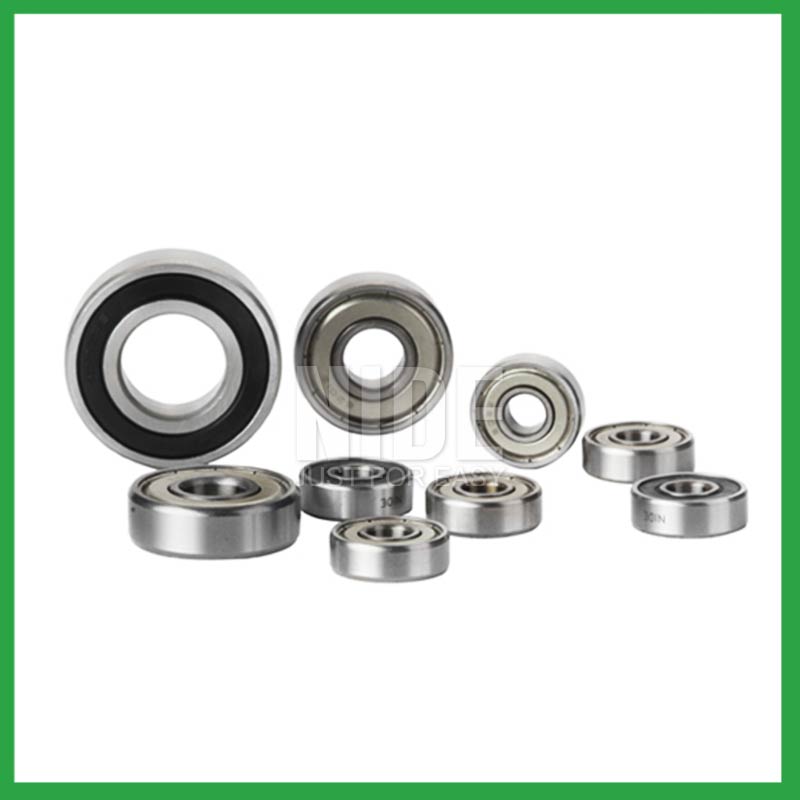
| Parameter | Information |
|---|---|
| Product Name | 25mm ball bearing |
| Brand Name | NIDE |
| Place of Origin | China |
| Material | chrome steel, etc. |
| Structure | Deep Groove |
| Color | Customized Color |
| Delivery Time | 5-7days |
| Port | Ningbo/Shanghai |
| Export region | America,Europe,Asia |
| Export Country | India,Brazil,South Korea,Macedonia,Liechtenstein,Angola,Sri Lanka...etc |
| Application | machine tools,textile machinery, etc. |
| OEM/ODM | Support |
| Size | Customized size |
| Stock | In Stock |
| Feature | Good wear resistance,Simple structure...etc |
| MOQ | 10 pieeces(Specific according to the model) |
| Certification | ISO9001,ISO9001:2015 certificate,CE-insulation paper inserting machine,etc |
| Supply Ability | 100000-500000 Piece/Pieces per Month |
| Lubricate | Oil Grease |
| Packaging Details | Suitable for sea transportation |
| Lead time (days) | 15-20 (To be negotiated) |
Please note: The above table data is for reference only. For specific information, please contact us.
25mm ball bearing can be used in household appliances, such as upper and lower pressure rods,refrigerator door leaf wings,washing machines,vegetable cutters, etc; It can also be used in industrial fields, such as weaving machine spindle bearings,weighing machines,reducers,motors, etc.
Before use, the model, size, and design of the ball bearing should be confirmed to ensure suitable application;
During installation, the installation load of the ball bearing should be minimized as much as possible to avoid unnecessary damage;
The bearing shaft and the bearing frame should be stable at the same time to avoid excessive tension.
Ball bearings have many advantages, making them highly competitive in the market.
Firstly, they are very durable and have good wear performance, making their service life longer than many other types of bearings.
Secondly, they are easy to install and can provide low friction performance in various applications.
Thirdly, they require a relatively low level of maintenance, making them cost-effective.
In addition, compared to many other types of bearings, their purchase cost is relatively low, making them an economical choice.




25mm ball bearing---FAQs Guide
2.What are the advancements and innovations in 25mm ball bearing technology that have emerged in recent years?
3.Can 25mm ball bearing be used in vacuum or cleanroom environments, and what measures are taken to prevent outgassing or contamination?
4.What are the after-sales services available for 25mm ball bearing?
5.Are there 25mm ball bearing designed for use in critical medical equipment?
6.About 25mm ball bearing,Can I add my own logo?
7.As a 25mm ball bearing manufacturer,can you supply samples?
8.What is the role of 25mm ball bearing in reducing friction and wear in automotive applications, such as wheel hubs and transmissions?
9.How do preload adjustments in 25mm ball bearing affect their performance and suitability for high-precision tasks?
10.What is the typical noise level associated with 25mm ball bearing, and how are noise-reduction techniques applied?
11.Are there ceramic 25mm ball bearing designed for specific applications requiring high-temperature or corrosion resistance?
12.How do manufacturers ensure the quality and reliability of 25mm ball bearing through material selection and precision machining?
13.Can 25mm ball bearing operate in high-temperature environments like industrial ovens or furnaces, and how are they protected from heat-related damage?
14.How do manufacturers address concerns related to bearing noise and vibration in sensitive equipment?
15.Are there self-aligning 25mm ball bearing that accommodate misalignment and shaft deflection in rotating equipment?
16.What is a ball bearing?
1.What are the common materials used in 25mm ball bearing manufacturing?
Most 25mm ball bearing are made of a type of steel known as high carbon chromium steel, often called chrome steel. This is used for reasons of cost and durability. Bearings are also made from other materials such as stainless steel, ceramics and plastic.
2.What are the advancements and innovations in 25mm ball bearing technology that have emerged in recent years?
Significant advancements have been made in 25mm ball bearing steels over the years. Modern, ultra-clean bearing steels contain fewer and smaller non-metallic particles, giving ball bearings greater resistance to contact fatigue.
3.Can 25mm ball bearing be used in vacuum or cleanroom environments, and what measures are taken to prevent outgassing or contamination?
Bearings specify stainless steel for vacuum or cleanroom applications as stainless steels used for the rings, balls and retainer exhibit low outgassing. They usually supply open or shielded stainless steel bearings as vacuum bearings as these will outgas less than a nitrile rubber sealed bearing.
4.What are the after-sales services available for 25mm ball bearing?
If you find problems or failures in the assembly or use of the bearings , which needs to consult and other services, please feedback to Nide International in time.
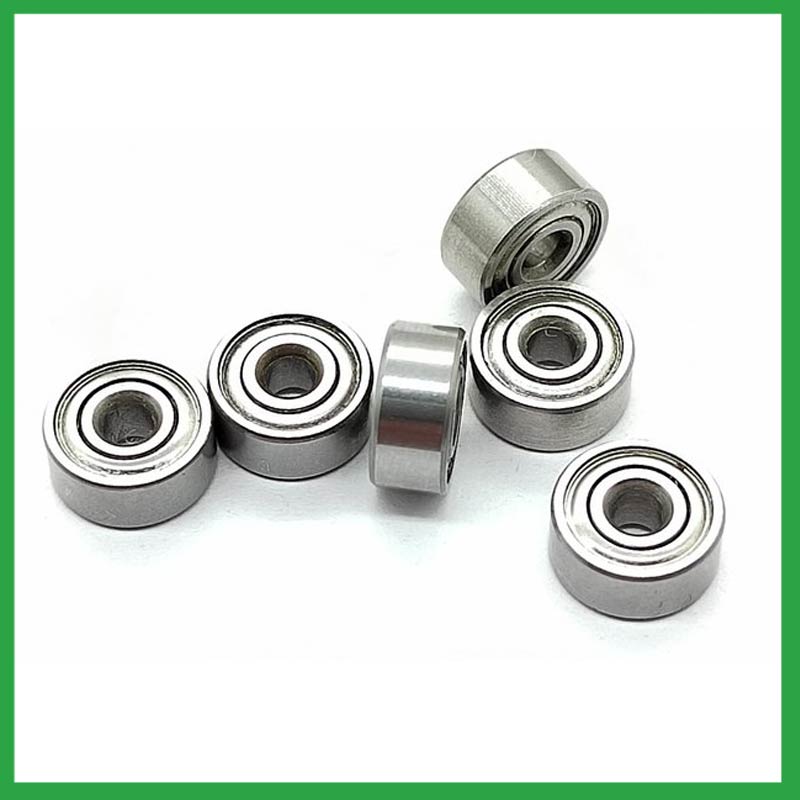
5.Are there 25mm ball bearing designed for use in critical medical equipment?
Precision 25mm ball bearing are among critical components in medical devices that are vital to ensuring patient safety. Correct choice of suitable ball and ring materials and the right product design can ensure high-precision bearings — and medical devices — have a long service life.
Precision bearings are used in a wide variety of medical devices including surgical power tools, ventilators and heart pumps — and patient safety depends on them all. Whatever the device, there is an onus on medical device original equipment manufacturers (OEMs) to ensure that the right type of bearings are chosen, and fit precisely into the application.
6.About 25mm ball bearing,Can I add my own logo?
Yes, you can add your logo on bearings and packing box. We supply OEM SERVICE including bearing's size, logo, packing, etc.
7.As a 25mm ball bearing manufacturer,can you supply samples?
Sure, samples can be provided free of charge, and the buyer pay the postage of the sample.
8.What is the role of 25mm ball bearing in reducing friction and wear in automotive applications, such as wheel hubs and transmissions?
When a load is applied to a ball bearing, the 25mm ball bearing roll freely between the inner and outer rings. This rolling action significantly reduces friction compared to sliding contact, resulting in smoother rotation and reduced wear.
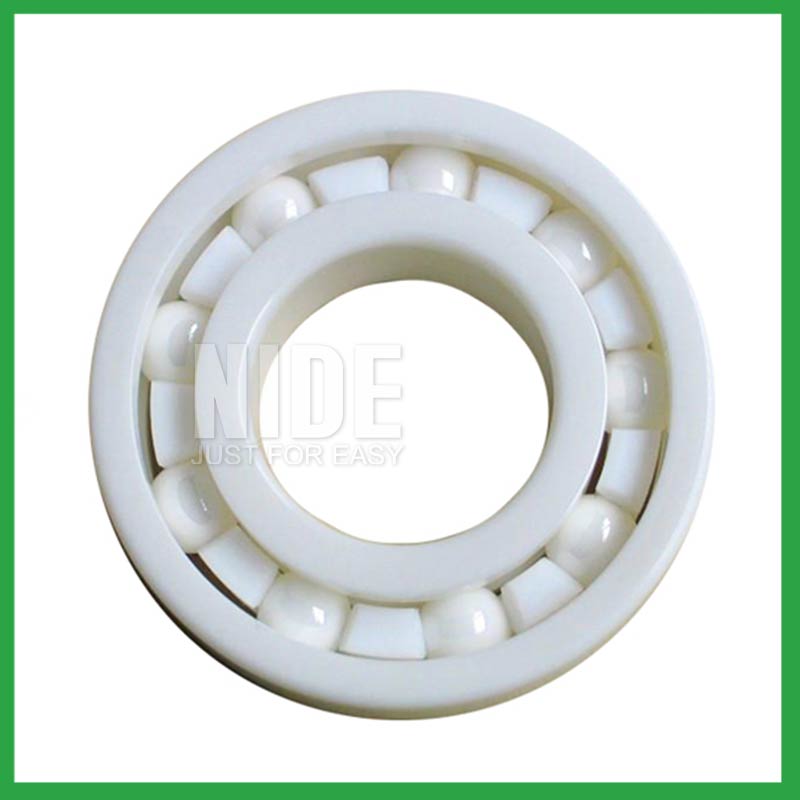
9.How do preload adjustments in 25mm ball bearing affect their performance and suitability for high-precision tasks?
Benefits of Preloading a Bearing
Optimizes the ball spin to roll ratio.
Increases the rigidity of an application.
Protects from excessive ball skidding.
Decreases application vibration and sliding friction.
High running accuracy (even if load conditions keep changing)
Increases bearing load capacity.
10.What is the typical noise level associated with 25mm ball bearing, and how are noise-reduction techniques applied?
To measure in accurate way the 25mm ball bearing noise under rotation during their manufacturing process is a key activity particularly in the production of medium, small and ultra-small deep groove ball bearings. This capability in bearings noise analysis has become the real distinguishing element between a standard bearings noise equipment and a superior class one.
The various types of vibration and sound in rolling bearings can be grouped in four main categories: structural, manufacturing, handling and other. The structural vibration consists mostly of race, click, squeal and cage noise: it can be continuous or intermittent depending on specific cases. The manufacturing vibration is instead related to the waviness noise generated by the geometrical imperfections of inner and outer ring and of rolling elements, being always continuous in nature. The so-called handling vibration is normally associated with flaw and contamination and is generating – in most of the cases – irregular noise. Then there are other types of vibrabition that include noise generated by sealing and lubricant (irregular) or by runout (continuous).
11.Are there ceramic 25mm ball bearing designed for specific applications requiring high-temperature or corrosion resistance?
Ceramic 25mm ball bearing are a special type of bearing made of ceramic materials, offering superior wear resistance, corrosion resistance, and high-temperature performance. They provide excellent performance in applications requiring high speeds, high temperatures, and resistance to corrosion.
12.How do manufacturers ensure the quality and reliability of 25mm ball bearing through material selection and precision machining?
High-precision measuring instruments, such as micrometers and gauges, are used to check the dimensions of the rings and balls to ensure they meet tight tolerances. Surface Finish Inspection: Surface finish is assessed using profilometers to ensure the required smoothness and low friction characteristics.
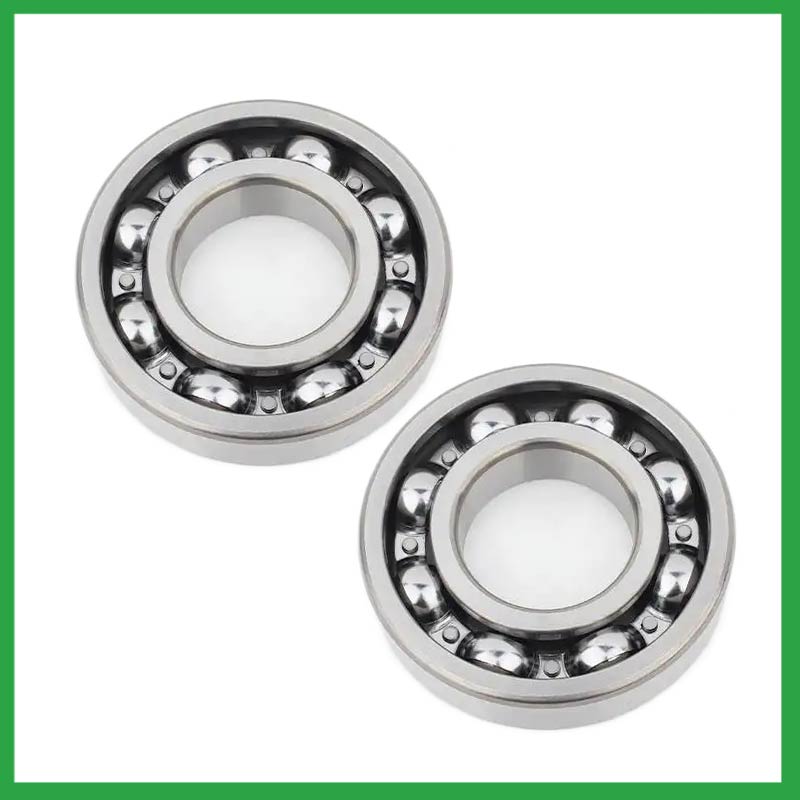
13.Can 25mm ball bearing operate in high-temperature environments like industrial ovens or furnaces, and how are they protected from heat-related damage?
25mm ball bearing are capable of working at temperatures up to +842°F (+450 °C). Special lubricants, seals and coatings make this possible by protecting the ball bearings from heat damage.
14.How do manufacturers address concerns related to bearing noise and vibration in sensitive equipment?
From a 25mm ball bearing manufacturing perspective, a low noise or vibration rating is achieved by paying attention to the surface finish of the raceways and balls, their roundness, and selecting the correct cage design. Finely filtered low noise greases can also be used to reduce vibrations.
15.Are there self-aligning 25mm ball bearing that accommodate misalignment and shaft deflection in rotating equipment?
These 25mm ball bearing are particularly suitable for applications where misalignment can arise from errors in mounting or shaft deflection. A variety of designs are available with cylindrical and taper bores, with seals and adapter sleeves and extended inner rings.
16.What is a ball bearing?
A ball bearing is a type of rolling-element bearing that uses balls to maintain the separation between the bearing races.
The purpose of a ball bearing is to reduce rotational friction and support radial and axial loads. It achieves this by using at least two races to contain the balls and transmit the loads through the balls. In most applications, one race is stationary and the other is attached to the rotating assembly (e.g., a hub or shaft). As one of the bearing races rotates it causes the balls to rotate as well. Because the balls are rolling they have a much lower coefficient of friction than if two flat surfaces were sliding against each other.
Ball bearings tend to have lower load capacity for their size than other kinds of rolling-element bearings due to the smaller contact area between the balls and races. However, they can tolerate some misalignment of the inner and outer races.
